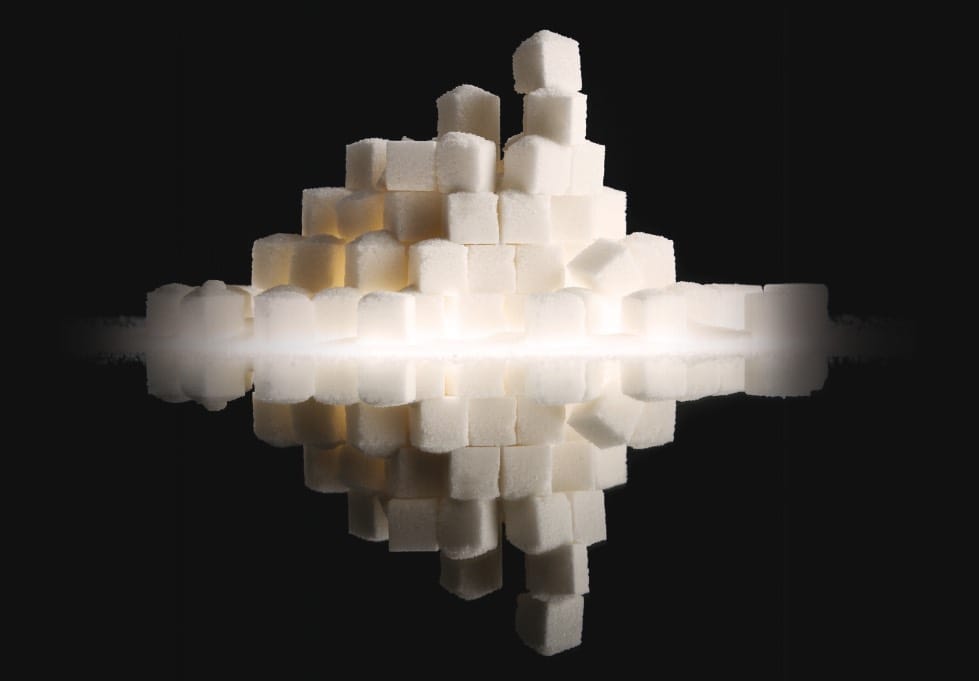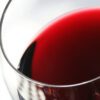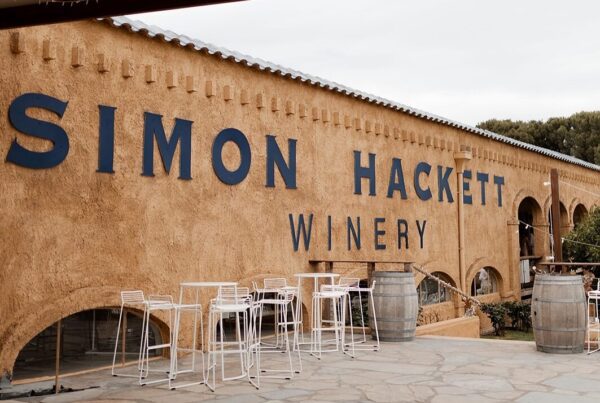
When thinking about the sugar content of wine or must, glucose and fructose are the most important sugars to consider. These are the grape sugars that yeast can ferment into alcohol and the major contributors to sweetness in wine production (along with glycerol and alcohol).
Glucose and fructose can be measured extremely accurately using modern laboratory techniques. In China, however, standard sugar analysis methods for wine are primarily based on older ‘reducing sugar’ methods. While these methods are well established, they detect not only the sugars found in wine but also a range of other compounds, giving higher results with higher errors than glucose + fructose methods.
While such differences in analytical methods might seem to be only of academic interest, they can have significant implications when analytical results are used to regulate wine imports or exports. China’s use of reducing sugar methods has caused problems in recent years for unsuspecting wine exporters, both in terms of product type labelling and the measure known as ‘sugar free extract’.
All wines sold in China must have a product type specified on the label: dry, semi-dry, semi-sweet or sweet, with the classification based on measures of sugar and acid. If an Australian exporter prints labels based on glucose + fructose analysis conducted in Australia, they can run into trouble if their wine is tested in China using the reducing sugar method. The differences between the methods can be enough to change the product type classification of the wine and result in a wine being rejected by the Chinese authorities.
Similarly, China imposes minimum levels of ‘sugar free extract’ (SFE) for imported wines. This historical measure was once thought useful for detecting wine or juice that had been adulterated with water. It is now well accepted that variety, seasonal variations and winemaking style can lead to significant variations in the SFE levels of modern wines. As such, most markets no longer impose a minimum for this measure, but China enforces limits of 16 g/L for white wines, 17 g/L for rosé wines and 18 g/L for red wines, values that appear to have been sourced from very old European standards.
The calculation of SFE involves measurement of sugar, so problems can again arise if an exporter uses a glucose + fructose method to determine SFE, but the Chinese authorities rely on reducing sugar methods. This, in conjunction with the natural variations in the measure, can result in a wine that has been produced by perfectly legal means failing to meet the Chinese regulations.
To avoid costly problems dealing with rejected wine, producers should make sure all wines intended for export are tested before shipment in a way that is consistent with the destination market’s requirements. For wines intended for export to China, this means ensuring a reducing sugar method is used to calculate both label type (sweetness level) and SFE. Results can then be compared to the Chinese regulations before the wine is despatched. If the SFE value calculated using a reducing sugar method falls below the required minimum, it may be best not to send the wine to China.
The Australian Government is continuing to lobby through various forums to change arbitrary limits such as this one in order to facilitate the continued access of Australian wines. In the meantime producers are applying older analysis methods to ensure entry into new markets.
Eric Wilkes is group manager, Commercial Services, with The Australian Wine Research Institute. Further details here.
Does your winery have measures in place to test wines for export before they’re shipped? Let us know in the comments below.













Recent Comments